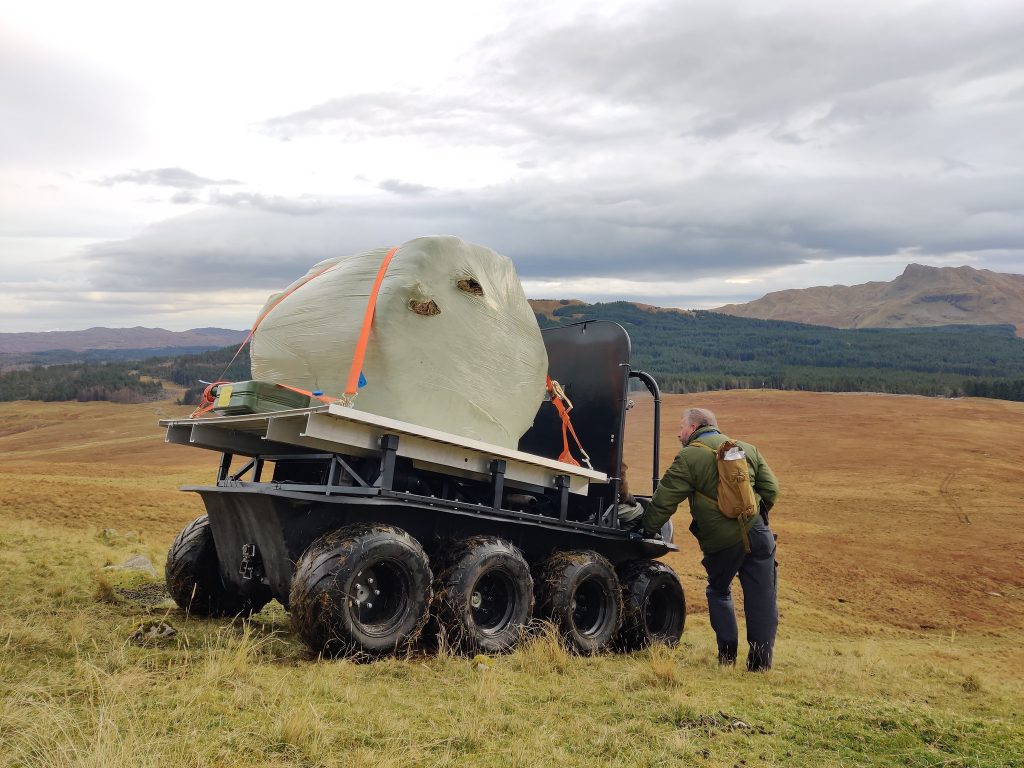Land Management
National Parks, Forests, and Conservation Preserves that encompass wilderness areas are, by definition, natural environments that have not been significantly modified by human activity, and are almost entirely free of development of roads, buildings, and infrastructure.
Therefore, when the urgent need arises to venture off-road and into wild terrain on patrolling, search & rescue, firefighting, or disaster response missions, the mobility and capabilities of the Agile range of amphibious extreme-terrain vehicles greatly surpasses that of any ATV, side-by-side utility vehicle (UTV), or any road-legal four-wheel drive vehicle.

One of the most important attributes of Agile vehicles compared to all other types of off-road vehicles is their very low ground pressure, which provides a much lighter footprint in carrying out the task at hand. This minimizes disturbance to the environment in these sensitive areas, the protection of which is of the utmost importance in a National Park or designated wilderness setting.
As a quick visual aid to assist you with narrowing in on the right Agile vehicle model for your operation’s requirements, please refer to this chart which ranks the relative standings of key attributes of a suitable Agile vehicle in your setting:

Note various relevant attributes are ranked on a scale of zero to 10, with 10 being the highest performance score. Each different Agile vehicle model is then depicted on the graph as a polygon shape, with the overall size/area of the polygon indicating the overall applicability of that vehicle to this role relative to the others. Then if certain attributes are more important to you than others, you can view how the vehicle ranks on that attribute by seeing how close it comes to the outer “level 10” line where that attribute is labelled on the graph.
[display-posts posts_per_page=”100″ category=”r-land-management”]

